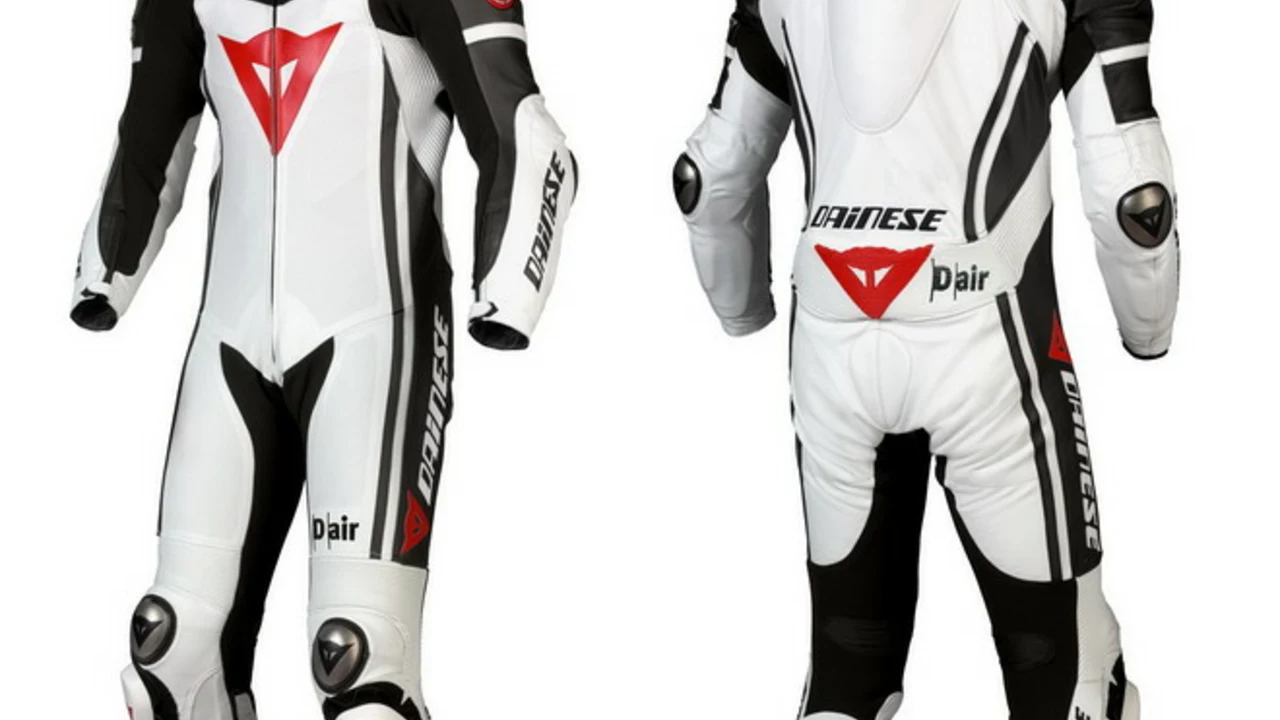How to Choose the Perfect Racing Suit for Any Track
Picking a racing suit might feel like a fashion dilemma, but it’s really about safety and comfort. You want a suit that protects you at high speeds, lets you move freely, and fits your budget. Below are the key things to look at before you hit the checkout.
Safety First – Material and Certification
Start with the fabric. Most modern suits are made from fire‑resistant blends like Nomex or carbon‑Kevlar. Check the FIA or SFI certification – it tells you the suit has passed rigorous fire‑resistance tests. If you’re racing in a junior series, a basic Nomex suit may be enough. For professional events, look for a multi‑layer suit that meets the highest rating.
Fit Matters – Size, Cut, and Comfort
A suit that’s too tight restricts movement; too loose adds extra bulk and can catch fire faster. Measure your chest, waist, and inseam, then compare them to the brand’s size chart. Many manufacturers offer a “slim” or “relaxed” cut – choose the one that matches your body type. Try it on with a racing boot and gloves; you should be able to pedal and shift without feeling cramped.
Don’t forget the zipper. A front‑pull zip is easier to manage in the pit lane, while a rear‑pull zip often provides a tighter seal. Some high‑end suits have both options, giving you flexibility depending on the situation.
Ventilation is another comfort factor. Look for breathable panels or perforated sections under the arms and along the back. They help regulate temperature during long sessions, keeping you focused instead of sweaty.
Budget Tips – Getting the Best Value
Racing suits range from a few hundred to a few thousand dollars. If you’re just starting out, a certified entry‑level suit will give you protection without breaking the bank. For seasoned racers, consider a suit with removable padding or a modular design – you can upgrade the inner layers later instead of buying a whole new suit.
Watch for sales during off‑season periods. Many retailers slash prices when the racing calendar slows down. Buying a suit in a neutral color (black or navy) can also save you money, as custom graphics often add extra cost.
Extras to Think About
Don’t overlook the small stuff: a good set of race boots, gloves, and a helmet liner that matches your suit’s material. These accessories complete the safety package and improve overall performance.
Finally, keep a spare suit in your garage. Accidents happen, and having a clean backup means you’re ready for the next race day without scrambling.
Choosing the right racing suit boils down to three steps: verify safety certification, get a perfect fit, and balance cost with features. Follow this checklist, and you’ll feel confident on the track, knowing your gear works as hard as you do.
Which racing suits are comfortable for riding?
In my search for the most comfortable racing suits, I've found that the ones designed with flexibility in mind are the most comfortable for riding. These suits typically feature stretch panels in key areas, allowing for a greater range of motion. Additionally, suits with good ventilation keep you cool during intense rides, enhancing comfort. Quality padding and a well-fitted design are also crucial for comfort and safety. It's essential to remember that everyone’s comfort preferences are different, so finding a suit that suits your unique needs is key.



